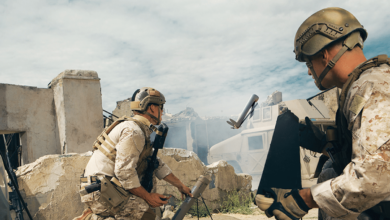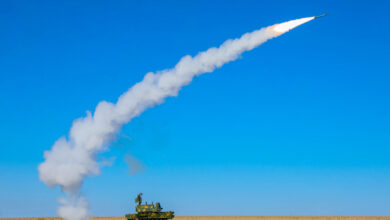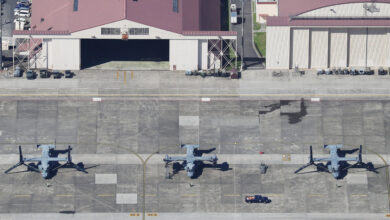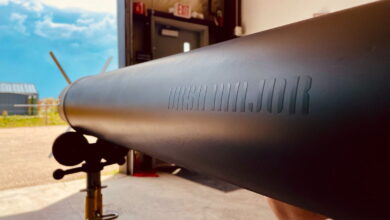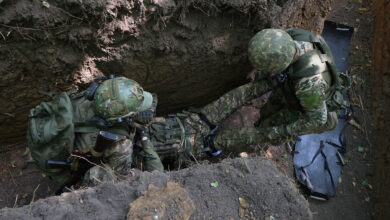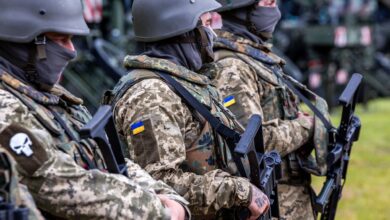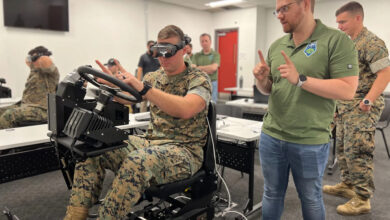The US Army and New York National Guard have conducted a chemical, biological, radioactive, and nuclear (CBRN) exercise at the Colonie Fire Training Center in Latham.
The exercise sought to upskill participants in responding to hazards from criminal activity, terrorist attacks, or disasters and informing local first responders.
Attendees included experts from the 10th Mountain Division’s Dismounted Chemical Reconnaissance Team and the 2nd Weapons of Mass Destruction Civil Support Team.
Operating in a House Setup
During the drill, the groups conducted a simulation to localize and test suspicious materials in a house basement environment designed at the site.
The reconnaissance team leveraged their existing search, surveillance, and sampling capabilities to identify and scale hazardous contaminants across the field.
Simultaneously, the civil support team provided the 10th Mounted Division additional support throughout the exercise.
All soldiers utilized protective suits, tanks, masks, sensors, and sample kits to find target materials. Constant communication with a nearby command post was relayed via radio.
Methods involved circling the house’s exterior to flag CBRN spikes and entering the structure to determine the origin of the hazardous materials.
The training concluded with the discovery of a makeshift laboratory prepared by the guardsmen to replicate where subjects could be making weapons of mass destruction on their premises.
After the simulation, the army and guardsmen decontaminated their protective gear.
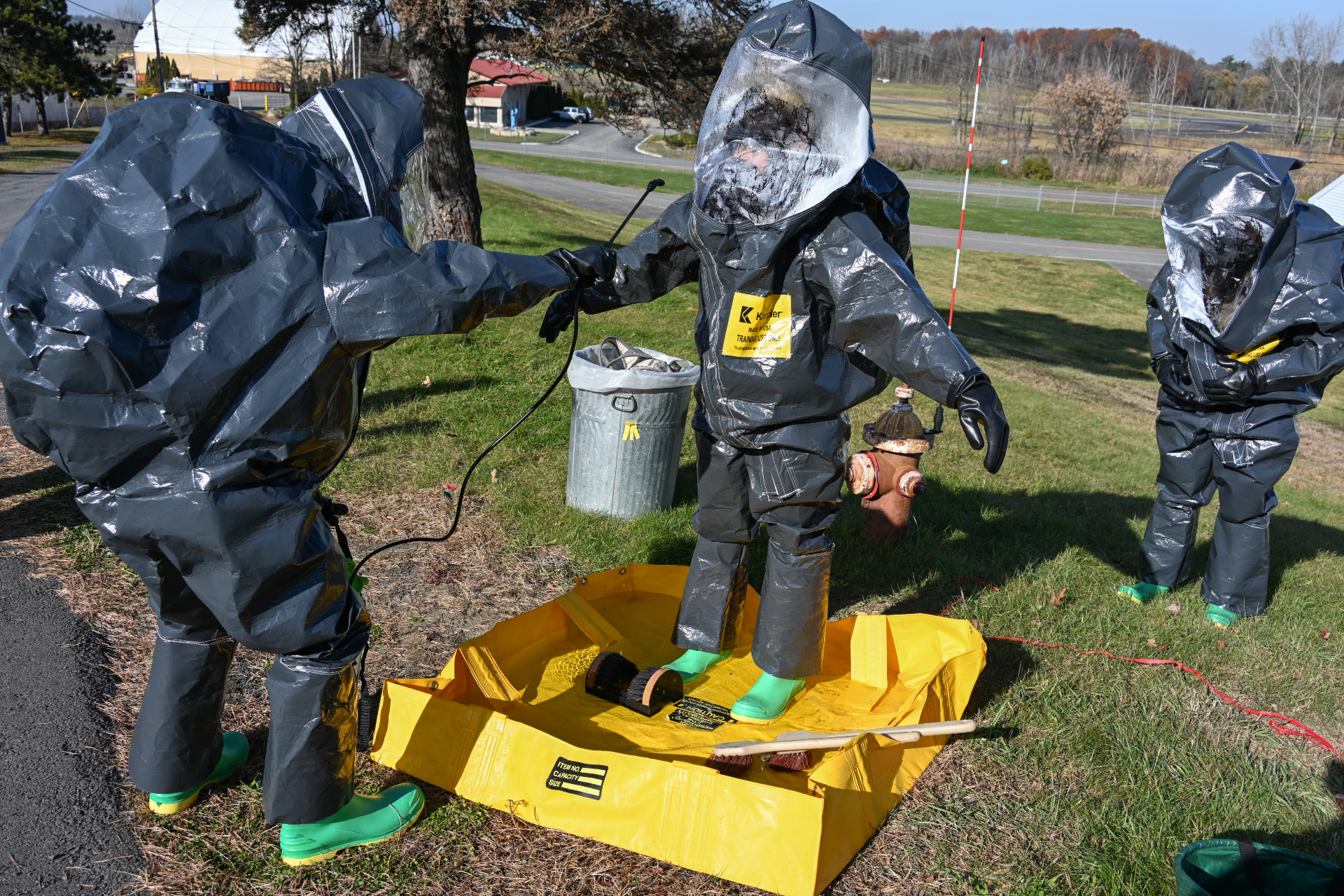
Critical Preparation
2nd Civil Support Team Commander Lt. Col. John Giroux highlighted the importance of CBRN mission training similar to the Latham activity.
“Exercises like this are crucial for many reasons,” Giroux stated. “It allows us to identify and fill training shortfalls, expands technical skills and builds cohesion between us at the state level and our contemporaries at the federal level, such as the Soldiers of the 10th Mountain Division.”
Dismounted Chemical Reconnaissance Team Sgt. 1st Class Ryan Wallace added insights on how such simulations prepare warfighters for real-life CBRN deployments.
“This type of situation might be uncommon, but a lack of training when responding to one could have catastrophic consequences,” the officer said. “Therefore, the training must be strenuous, realistic and objectively critiqued.”




